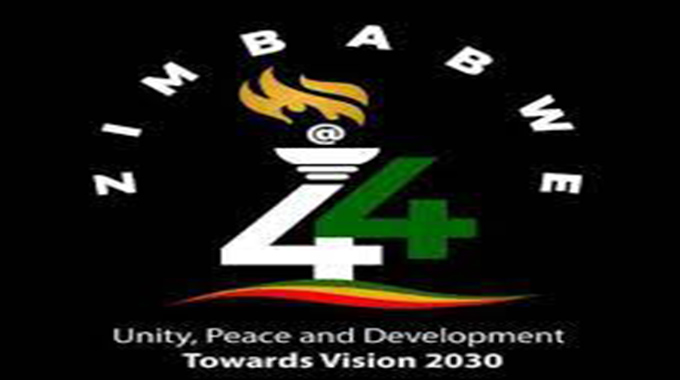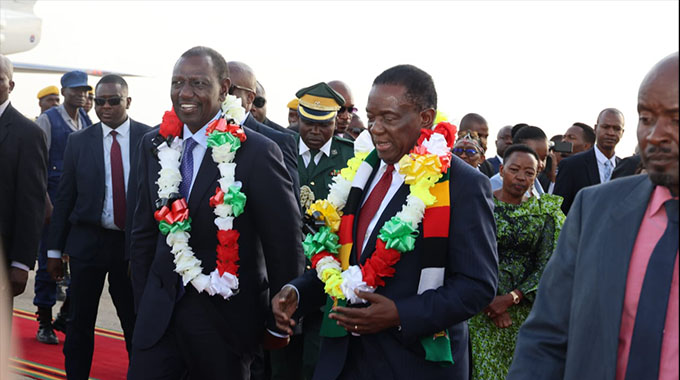From Salisbury to Harare: How China and Russia liberated Zimbabwe

Stanford Chiwanga, [email protected]
THE journey from Salisbury, the colonial name for Zimbabwe’s capital, to Harare, its name post-independence, is not just a change of terminology, but a testament to the country’s long and arduous struggle. While the internal fight by Zimbabwean liberation movements deserves primary recognition, the backing of Cold War superpowers, China and Russia (then the Soviet Union), cannot be ignored. Their involvement provided crucial support that tipped the scales towards eventual independence.
China’s involvement in Southern Africa’s liberation struggles is a narrative of solidarity and strategic partnership. Despite the geographical distance, China emerged as a critical ally to the African nations yearning for freedom from colonial rule. The support was multifaceted, including military assistance, ideological training and financial aid to various liberation movements (Abegunrin & Manyeruke, 2019).
Guided by its own anti-colonial experience and its desire to expand its influence, China emerged as a key supporter of a liberated Zimbabwe. As scholar John G Abercrombie notes, “China believed that supporting liberation movements would weaken the West and promote its own socialist ideology” (Abercrombie, 1980, p. 121). This translated into providing military training and weapons to Zanu.

In Zimbabwe, China’s assistance was particularly significant for the Zimbabwe National Liberation Army (Zanla), the military wing of Zanu. China provided military hardware and ideological support, aligning with Zanu’s objectives and bolstering its capacity to challenge the colonial regime (Abegunrin & Manyeruke, 2019).
Parallel to China’s efforts, Russia also contributed robustly to the liberation movements in Southern Africa. The Soviet Union, locked in its global rivalry with the West, also saw an opportunity in Zimbabwe’s liberation struggle. According to Sophie Blair, “The Soviet Union, eager to counter Western influence in Africa, provided significant military aid to the Zimbabwe African People’s Union (Zapu)” (Blair, 2016, p. 45). This included sophisticated weaponry and training for guerrilla warfare.
The Soviet Union’s assistance came in the form of military support, training and financial aid, which were crucial in sustaining the liberation movements’ activities and enhancing their operational capabilities (Abegunrin & Manyeruke, 2019).
The collaboration between China and Russia in supporting Zimbabwe’s liberation struggle was not without complexity. At times, their support was influenced by the Sino-Soviet split, with each seeking to extend their influence over different factions of the liberation movements. However, the common goal of ending white minority rule in Zimbabwe forged a confluence of support that significantly impacted the liberation struggle’s trajectory.
Indeed, the impact of this external support was multifaceted. Militarily, it allowed the liberation movements to challenge the better-equipped Rhodesian Security Forces. The provision of weapons enabled Zanu and Zapu to expand their military operations significantly. This forced the Rhodesian government to the negotiating table, ultimately leading to the Lancaster House Agreement in 1979, which paved the way for free elections and independence in 1980.

Beyond military muscle, both China and Russia also provided crucial diplomatic backing. China, with its growing international influence, lobbied at the United Nations for international pressure on the Rhodesian government. Russia, leveraging its position in the Security Council, vetoed resolutions that might have weakened the liberation movements’ position. This international support helped de-legitimise the Rhodesian regime and bolster the morale of the liberation fighters.
The combined support from China and Russia was instrumental in the success of Zimbabwe’s liberation movements. While each country had its strategic interests, their support converged on the common goal of ending white minority rule in Zimbabwe. This international solidarity, coupled with the resilience of the local movements, played a crucial role in the country’s journey towards independence.
The legacy of China and Russia’s involvement in Zimbabwe’s liberation is still visible today – the two powers have stood with Zimbabwe and protected the country from its enemies from the West. As Zimbabwe continues to navigate its post-independence era under the Second Republic led by President Mnangagwa, the historical ties with China and Russia remain an essential part of its political and economic landscape.








Comments